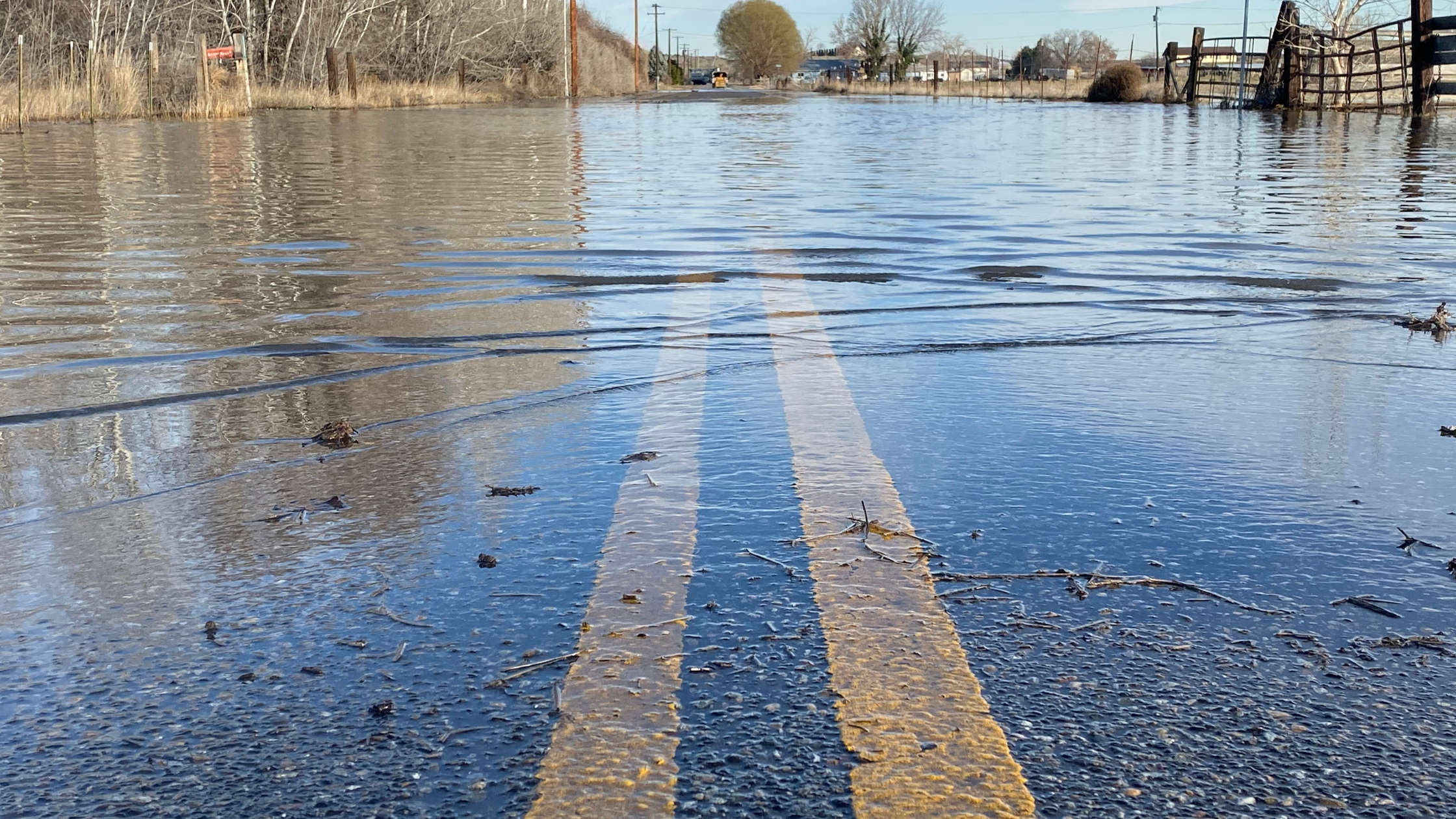The importance of flood insurance cannot be overstated. Homeowners and lenders alike know flood damage can lead to notable financial losses without proper insurance.
As a lender, it is most crucial to understand the importance of the flood insurance requirements tied to your lender products.
Here we have created a guide for lenders on flood insurance requirements, highlighting the mandatory requirements and steps lenders should take to ensure compliance.
The Importance of Flood Insurance
Floods are one of the most common and costly natural disasters, and standard homeowners' insurance policies typically do not cover flood-related damages. Flood insurance provides crucial protection against the financial risks associated with flooding, ensuring that both homeowners and lenders are safeguarded in the event of flood-related losses.
Mandatory Flood Insurance Requirements
Federal law requires flood insurance for properties located in designated high-risk flood zones (Special Flood Hazard Areas or SFHAs). The Federal Emergency Management Agency (FEMA) identifies these zones on flood maps. Lenders must ensure compliance with requirements to mitigate the risks associated with flood-related damages.
Identifying Properties in Flood Zones
Lenders must identify properties located in flood zones to determine the need for flood insurance. This can be done by reviewing FEMA flood maps, which outline the flood risk areas. Additionally, lenders can utilize flood determination services to accurately identify the flood zone status of properties in their portfolio.
Communicating Flood Insurance Requirements to Borrowers
Once a property is identified as being in a flood zone, lenders must inform borrowers of the flood insurance requirement. It is essential to clearly communicate the obligations and the consequences of non-compliance, such as the imposition of lender-placed flood insurance. An insurance tracking program is highly useful to remain compliant when it comes to the communication required for such matters.
Lender-Placed Flood Insurance
If borrowers fail to obtain and maintain the required flood insurance, lenders can force-place flood insurance to protect their investment. This is highly regulated and Miniter Group recommends utilizing an insurance tracking program to assist with your force-place communication requirements.
Ultimately, these force-placed policies ensure that the property remains adequately insured against flood-related risks, even if the borrower does not comply with the insurance requirements.
Ongoing Monitoring and Compliance
Lenders must establish systems to monitor flood insurance coverage on properties throughout the loan term. This includes conducting regular reviews of flood insurance policies, maintaining accurate records, and communicating with borrowers to ensure ongoing compliance. Miniter Group is the leader in insurance tracking having built a Borrower-Centric ™ Insurance Tracking system implemented by hundreds of banks across the country.
Conclusion
Understanding flood insurance requirements is vital for lenders to mitigate the risks associated with flood-related damages.
By ensuring compliance with flood insurance regulations, lenders protect their investments and contribute to the overall financial stability of homeowners.
Lenders who prioritize flood insurance requirements demonstrate their commitment to responsible lending practices and the protection of homeowners against potential flood-related losses. Questions? Please reach out and Ask Us Anything.



